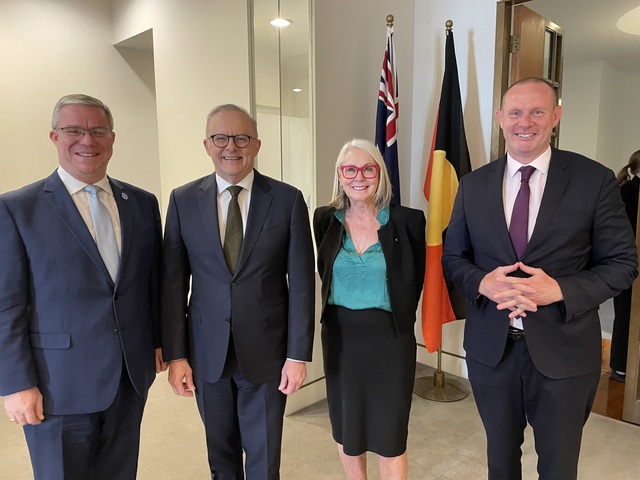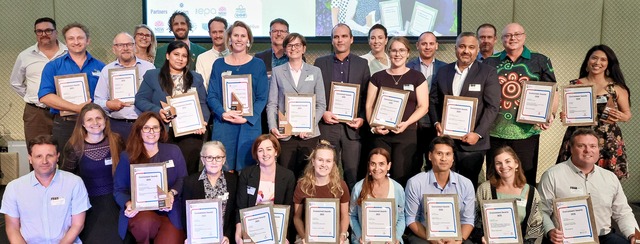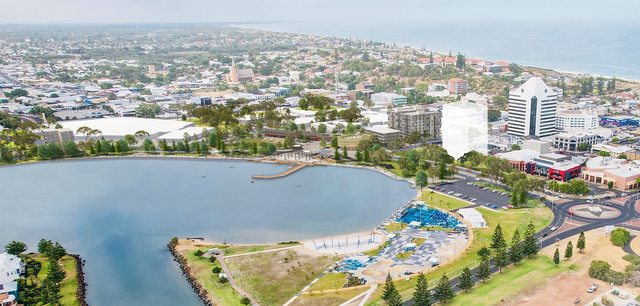The Bureau of Infrastructure, Transport and Regional Economics (BITRE) has been around almost 50 years in various forms, and it has built up a record of quality research. But whether its work carries through into policy outcomes is debatable.
The latest examples are two BITRE research reports released last month on economies of scale and economies of scope respectively – go tobitre.gov.au.
I would suggest that councils losing jobs and services consider these reports because it might provide ideas on how to stop or reverse the hollowing out processes of regional Australia.
In brief, the BITRE explains that while economies of scale have historically been credited with driving the centralisation of economic activity, more recent economic thought has focused on economies of scope.
For example, where we see clusters of different types of economic activity – from the remote roadhouse to large service centres – we see economic geography that has been shaped by scope.
The BITRE report says economies of scope are cost savings from producing goods or services together, and they often exist because inputs can be shared.
The cluster of related businesses around an airport share the infrastructure for passengers and freight, as well as leisure activities like joy flights, skydiving and retail, food and beverage operations.
Similarly, a town’s main street is where many businesses benefit from being close to each other and being able to share the town’s infrastructure.
But the problem for shopping centres in small to medium sized towns these days is the countervailing effects underway, namely the rise of online shopping and the domination of the big supermarkets and multinational outlets in nearby larger towns and cities.
You see it here in Canberra where Riverina and south coast residents shop regularly at IKEA and Costco, both businesses coincidentally enjoying the economies of scope created by the Canberra Airport precinct.
This is a complex field. However I have a hunch that investors and governments are swayed by the benefits of economic scope, although it’s probably via an intuitive process supported by business plans that measure the benefits of co-location in its various forms. The most common initiatives in this regard are one-stop-shops and regional hubs of various types.
The particular advantage of strategies to nurture economic scope is that they should also improve the investment attractiveness of regional communities.
My eternal hope in this regard is that state governments will introduce locational incentives to reinforce such an approach.
Deputy NSW Premier – a force of nature
The Nationals made heavy weather of the NSW election last month. But their leader John Barilaro enjoyed a swing of about nine percent in his own seat of Monaro. What gives?
Well, Barilaro operates outside the square. He took several swipes at Malcolm Turnbull last year when he was Prime Minister, had all manner of sports personalities spruiking him on TV, and took a direct role in securing funds for local projects.
He also showed some interest, unlike some of his political allies, in the Murray Darling Basin.
Very Fast Train?
Kate Roffey, a senior manager with Wyndham City Council, Victoria, was a breath of fresh air on the ABC Breakfast Show recently when she cautioned viewers about politicians talking up the Brisbane to Melbourne very fast train (VFT).
Her point was basically that the federal and state governments have a list of priority infrastructure projects, and to bring forward the VFT has the likelihood of crowding out other more worthy projects, or words to that effect. You cannot argue with that logic.
The problem is that politicians get starry-eyed about the VFT around election time. Indeed Anthony Albanese, the likely next federal infrastructure minister, is now guilty of this.
All of the cost-benefit analyses I’ve read on the VFT are pretty grim. It explains why institutional investors, including the super funds, are quiet.
The true test is whether YOU would want your superannuation funds invested in the project.
I don’t think so.
This leaves our federal and state governments finding $100 billion plus for the capital costs, as well as hefty operating costs in a competitive market where the airlines’ core business is on the east coast corridor.
NSW Stronger Country Communities Fund
We’ve been tracking some of the state programs recently, and the NSW Stronger Country Communities Fund is of interest.
Although the program is tailing off, the view around regional NSW is that its $200 million annual spend was very much welcomed, even if dwarfed by the NSW Government’s urban infrastructure spending.
There have been a few grumbles about the weak guidance given to local councils by the program administrators. This may have something to do with officials needing to stay at arms’ length in a very competitive process.
This is unfortunate, but the hope is nevertheless that the program is beefed up in future years.
Rod Brown is a Canberra-based consultant and lobbyist specialising in industry/regional development, investment attraction and clusters, and accessing federal grants. He also runs the Cockatoo Network.
Phone: (02) 6231 7261 or 0412 922 559
Email: apdcockatoo[@]iprimus.com.au







